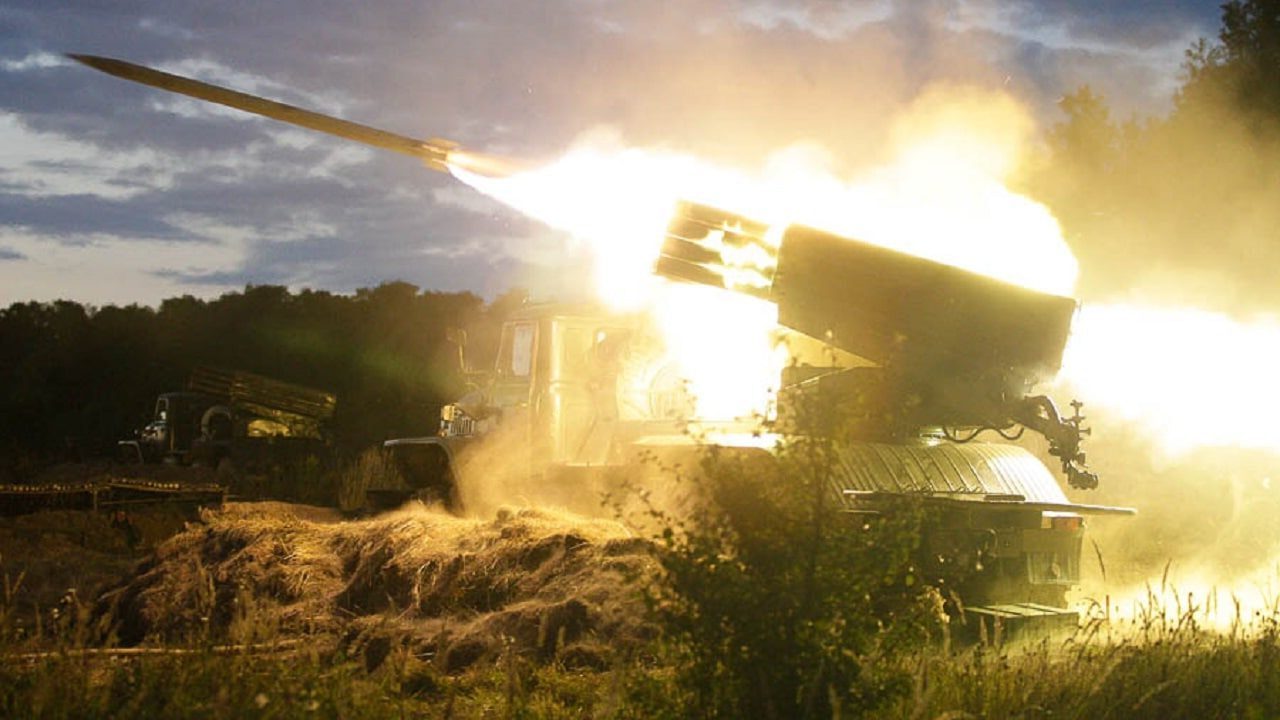What happened in Ukraine seems to be part of a disturbing pattern in Russian history – The Russians are so predictable. Whenever they commit atrocities and the evidence of their misdeeds is incontrovertible, one can be absolutely certain that they will deny any wrongdoing. That’s true today; that was also true of the past.
After the Russians withdrew from much of the territory in northern Ukraine that they had occupied since the early days of the current war, Human Rights Watch “documented several cases of Russian military forces committing laws-of-war violations against civilians in occupied areas of the Chernihiv, Kharkiv, and Kyiv regions of Ukraine. These include a case of repeated rape; two cases of summary execution, one of six men, the other of one man; and other cases of unlawful violence and threats against civilians between February 27 and March 14, 2022. Soldiers were also implicated in looting civilian property, including food, clothing, and firewood. Those who carried out these abuses are responsible for war crimes.”
The reality is, of course, much, much worse.
The worst such massacre appears to have taken place in the town of Bucha, north of Kyiv. According to Bucha’s mayor, Anatoly Fedoruk, Russian troops killed some 280 civilians and then dumped them in a mass grave. Many had their hands tied. Scores of other corpses littered the streets. Women were raped.
The Russian response? Here’s what they said: “The Ministry of Defense of the Russian Federation rejected Kyiv’s statement regarding mass killings in Ukrainian Bucha. All the photographs and video materials published by the Kyiv regime supposedly testifying to some kind of ‘crimes’ by Russian soldiers in the city of Bucha in Kyiv Province are the usual provocation.”
Several weeks ago, the Russians bombed a maternity ward and children’s hospital in the now-devastated southeastern Ukrainian city of Mariupol. The Russian response? According to Kremlin spokesman Dmitry Peskov, “Russian forces do not fire on civilian targets.”
All this denying of the self-evident is nothing new for the Russians.
Back in 1940, the Soviet secret police massacred 22,000 Polish army officers in several prisons as well as in the Katyn Forest in Russia. The Germans discovered the mass graves in Katyn in the spring of 1943 and blamed the atrocity on the Russians. Their response? Denial, of course, and attempts to shift the blame to the Nazis. It was only in 1992, after the Soviet Union’s demise, that the Russians finally admitted to the crime.
But Katyn was only a practice run for another equally heinous massacre, which took place in late June and early July of 1941, just after the Nazis launched Operation Barbarossa and attacked the Soviet Union on June 22, 1941. The Soviet secret police then massacred over 20,000 Ukrainian, Polish, and Jewish political prisoners in scores of cities and towns in western Ukraine and thousands more in Belarus and Lithuania. (My uncle was killed in that massacre. According to my mother, who saw his bloody corpse, his tongue had been cut out before he was killed.) True to their playbook, the Russians denied all wrongdoing and blamed the killings on the Germans.
Then, in the summer of 1945, after the Soviets occupied Berlin, they engaged in a rampage and raped over a million German women. “The Russian soldiers were raping every German female from eight to eighty,” a Soviet war correspondent later said. “It was an army of rapists.”
The 1930s were also replete with Russian massacres denied. The Great Terror launched by Stalin and the system of concentration camps known as the Gulag took the lives of millions. The Stalin-engineered famine in Ukraine in 1932-1933 killed four million, and was denied categorically until the late 1980s.
And so on and so forth.
Two questions need to be asked: Why this penchant for atrocities, why this penchant for shooting helpless prisoners in the back of their heads? Why do it and then shamelessly deny it, even as the evidence of Russian complicity mounts?
The second question is easier to answer than the first. It is proof of the fact that the Russians knew full well that their actions were criminal and therefore needed to be hidden from the light of day.
So why this bestiality? Why kill civilians and rape women—with such evident abandon and, one suspects, pleasure? Were these isolated incidents, one could argue that they were the handiwork of monsters. But the atrocities involved large numbers of ordinary Russians. And they keep recurring, which suggests that it’s a deeper Russian problem.
Is their culture ill? Are their state and society perverted? Or is it the fault of the Russian Orthodox Church?
I don’t know. But the Russians will have to consider these questions if they ever want to join the civilized world.
Dr. Alexander Motyl is a professor of political science at Rutgers-Newark. A specialist on Ukraine, Russia, and the USSR, and on nationalism, revolutions, empires, and theory, he is the author of 10 books of nonfiction, including Pidsumky imperii (2009); Puti imperii (2004); Imperial Ends: The Decay, Collapse, and Revival of Empires (2001); Revolutions, Nations, Empires: Conceptual Limits and Theoretical Possibilities (1999); Dilemmas of Independence: Ukraine after Totalitarianism (1993); and The Turn to the Right: The Ideological Origins and Development of Ukrainian Nationalism, 1919–1929 (1980); the editor of 15 volumes, including The Encyclopedia of Nationalism (2000) and The Holodomor Reader (2012); and a contributor of dozens of articles to academic and policy journals, newspaper op-ed pages, and magazines. He also has a weekly blog, “Ukraine’s Orange Blues.”

